Don't wanna be here? Send us removal request.
Photo

Page of Persian calligraphy with colourful illuminated header, from a manuscript of the Raga Darshan of Anup.
Dated 1214 AH/ 1799, Hyderabad, India.
Met Museum
40 notes
·
View notes
Photo

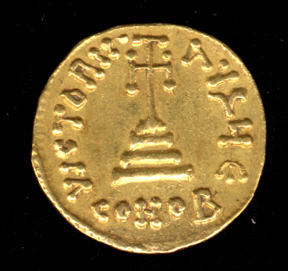
Gold Solidus of Constans II (641–68)
Early Byzantine coin, minted in Constantinople.
Met Museum
250 notes
·
View notes
Photo


Solidus of Heraclius and Heraclius Constantine
Byzantine, made in Constantinople, ca. 630 AD
[in Greek, on obverse:] Our lords Heraclius and Heraclius Constantine Perpetual Augusti; [on reverse, left and right:] Victory of the emperors
Met Museum
39 notes
·
View notes
Photo



Coins with symbols of the zodiac, an idea the emperor recorded in his journals. Minted in India during the reign of the Mughal emperor Jahangir (r. 1605–27).
(Met Museum)
253 notes
·
View notes
Photo




thread by @ calthalas on twitter
2K notes
·
View notes
Photo

While we’re on the subject of animals the artist absolutely would have been familiar with, please enjoy this cat.
[Image Source: British Library, Harley MS 1585, fol. 74r]
500 notes
·
View notes
Text
i really appreciate ancient minoan art because those motherfuckers just loved to paint octopodes. i really think we should all follow their example and be more willing to just fuck around and draw a cephalopod
11K notes
·
View notes
Photo

Iranian gold earrings, dated to the 11th century CE. Source: Khalili Collections.
17K notes
·
View notes
Text

~ Glazed Brick with Bird Man.
Culture: Assyrian
Place of origin: Mesopotamia
Date: ca. 900-650 B.C.
Medium: Ceramic
696 notes
·
View notes
Photo

I’m not even going to bother doing a guessing game for this wonderful image, since it’s so obviously a squid. I mean, fish with arms, what else could it be?
[Image Source: The Hague, KB, KA 16, fol. 116v]
490 notes
·
View notes
Photo



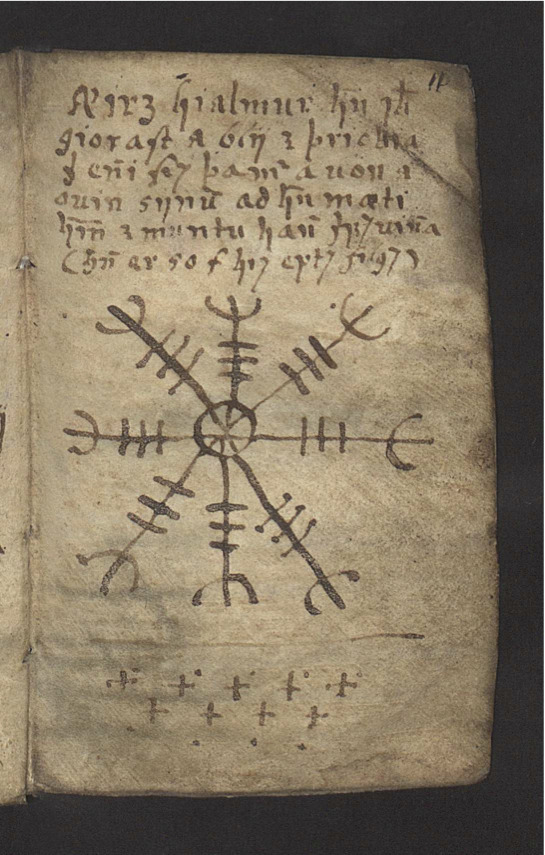

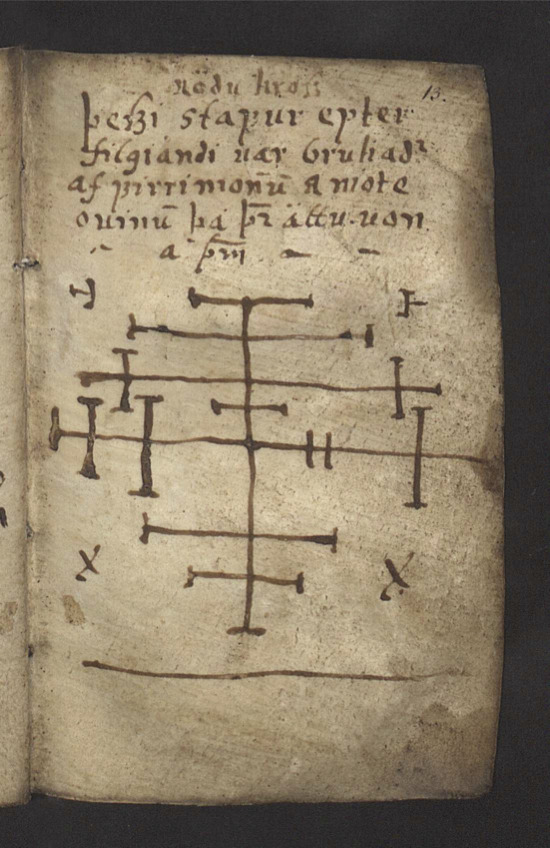
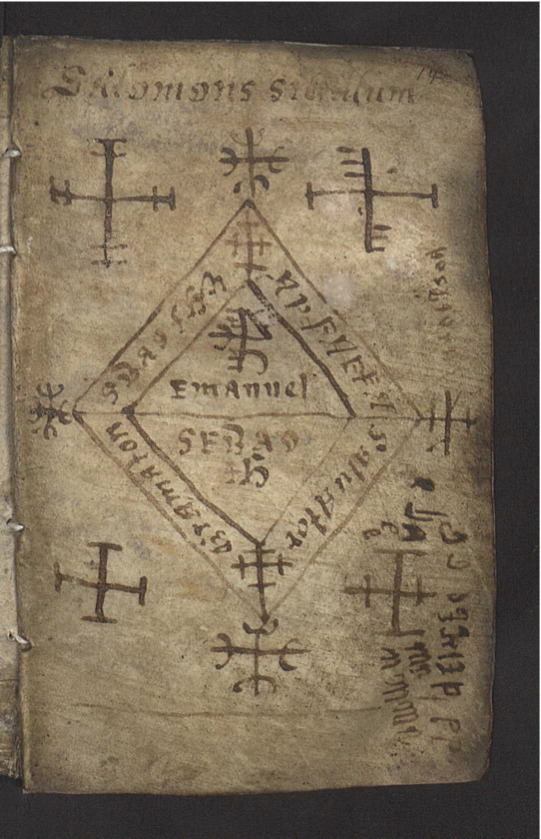
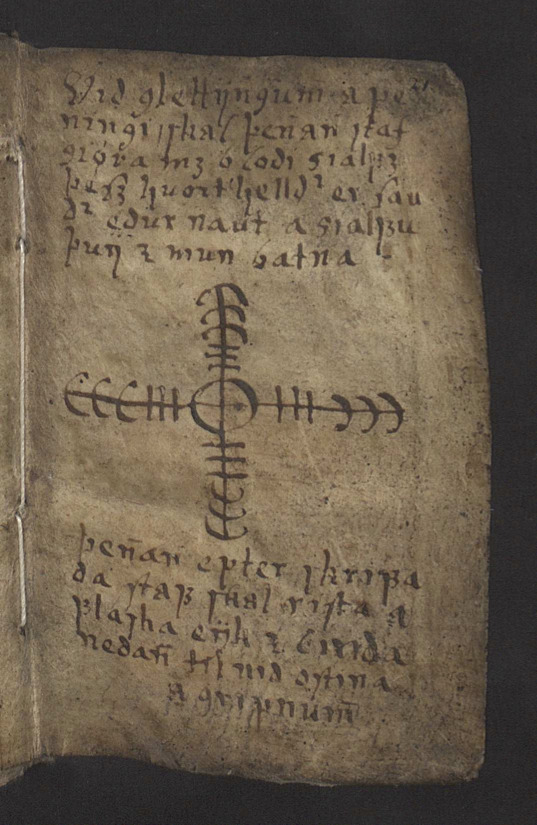


Galdrakver (‘Little Book Of Magic’) The ‘Little Book Of Magic’ is a seventeenth-century Icelandic manuscript, written on animal skin and containing magical staves, sigils, prayers, charms and related texts.
It is known to have once been owned by Icelandic Bishop Hannes Finnson who was alive from 1739 until 1796 and known for having a vast library containing many volumes of magic related texts and manuscripts. Full manuscript here.
37K notes
·
View notes
Photo









A Hoopoe, Goose, Partridge, Peacock, Heron, Caladrius Bird, Phoenix, Night Heron, and Swan from a Franco-Flemish bestiary from about 1270.
6K notes
·
View notes
Photo
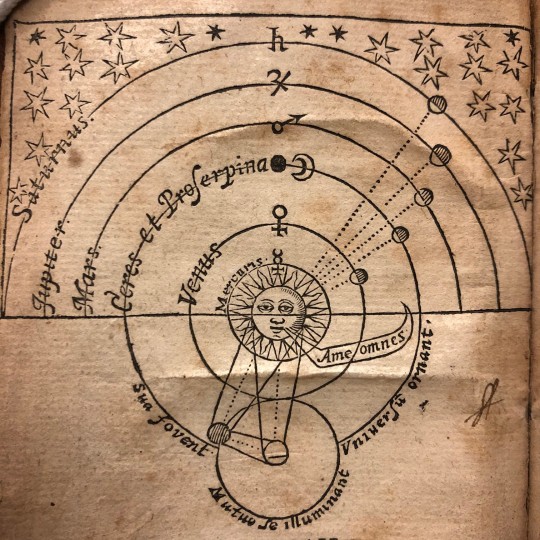
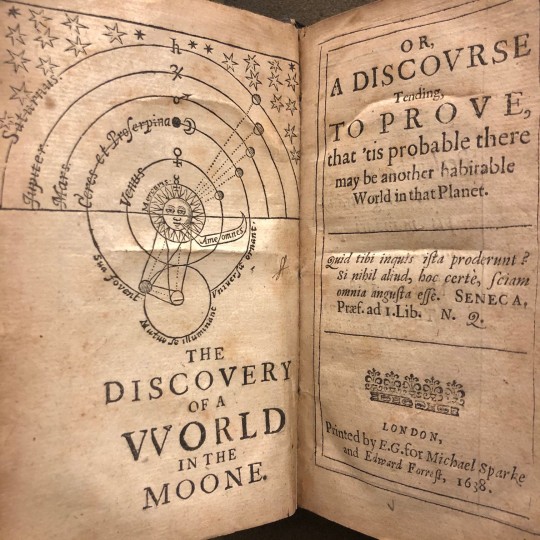
“Certainely there are yet many things left to discovery, and it cannot be any inconvenience for us, to maintaine a new truth or rectifie and ancient errour.”
Wilkins may have been wrong about the possibility of life on the moon, but he was definitely on to something.
A Jacobean clergyman, founder of the Royal Society, and brother-in-law to Oliver Cromwell, Wilkins’s writings not only helped to bring the science of astronomy to the general public, he also arguably started the space race.
Wilkins, John. The discovery of a vvorld in the moone. Or, A discourse tending, to prove, that ‘tis probable there may be another habitable world in that planet. London: Printed by E.G. for Michael Sparke and Edward Forrest, 1638.
402 notes
·
View notes
Photo





Ms. Codex 860 - [Collection of documents concerning inheritance]
This manuscript contains some copies of the will of Domina Georgeta, daughter of Marco Centurioni and widow of Jeronimo Cattanei, and legal proceedings about the inheritance, involving primarily her grandson Silvester Cattanei and Isoltina, his brother Jeronimo’s widow, dated 1548-1549, notarized by various officials of Genoa, with some earlier documents interspersed. It was written in Genoa, between 1536 and 1549 CE. Why this manuscript? Because it can tell us so much about the history of Genoa, about life in the 16th century, about family relationships. Sometimes manuscripts are not inherently beautiful, but they do still deserve attention and care!
Click here for additional information, or here for the facsimile.
28 notes
·
View notes
Photo







LJS 451 - [Commentary on the Doctrinale puerorum]
This is an anonymous commentary on a 12th-century didactic poem composed by the French Franciscan Alexander de Villa Dei addressing parts of speech, syntax, and rhetorical figures. It also features the opening of a letter by Albert II, Duke of Austria, Styria, and Carinthia, transcribed in German by a later hand on the last verso. The manuscript was possibly written in France, between 1279 and 1299 CE.
Do you want to know more? Click here. Or here, for the facsimile.
42 notes
·
View notes
Note
I wanna hear these Opinions on steampunk color palettes, if you’re willing.
tbh “the Victorians did not go to the trouble of inventing aniline dyes so that we could wear neutrals” mostly covers it?
they went to a lot of effort to bring affordable screaming bright fuchsias and acid greens into the world, and we should honor their tacky, tacky choices.
70K notes
·
View notes
Photo

A 9th century high cross viewed through an 18th century door, Durrow, Co Offaly
204 notes
·
View notes